House hunting is exciting, but rushing into a purchase could lead to costly regrets. What looks like your dream home might hide serious problems that could drain your bank account after you sign those papers.
Before you commit to what might be the biggest purchase of your life, make sure you know what warning signs to watch for during inspections.
1. Foundation Cracks or Structural Issues
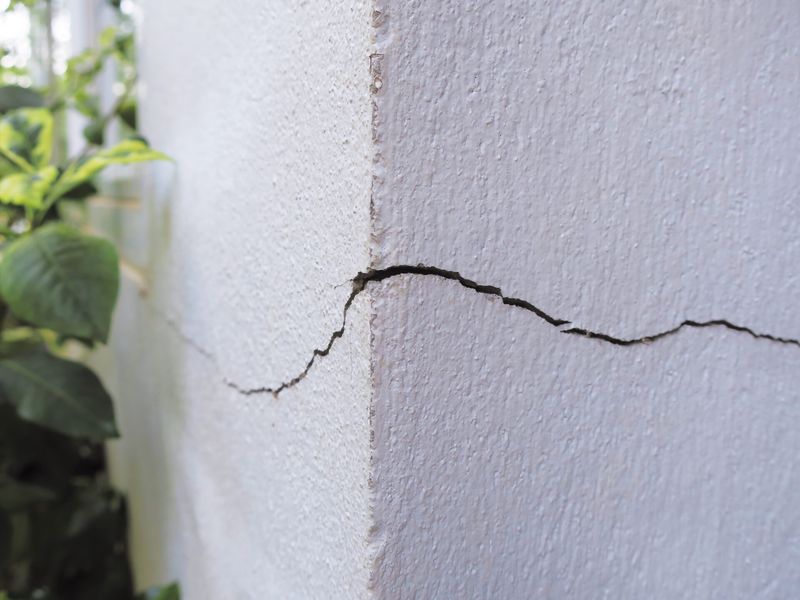
Those zigzagging cracks along basement walls aren’t just cosmetic flaws—they’re potential signals of serious structural problems. A home’s foundation literally supports everything else, making these issues among the most expensive to fix.
Uneven floors that slope or bounce when walked on should immediately raise concern. Pay attention to doors and windows that stick or won’t close properly, as these often indicate the house is shifting in problematic ways.
Bring a marble during house viewings and place it on floors—if it rolls without prompting, the floor isn’t level. Foundation repairs can easily cost $10,000 to $40,000, turning your good deal into a money pit overnight.
2. Signs of Water Damage or Mold
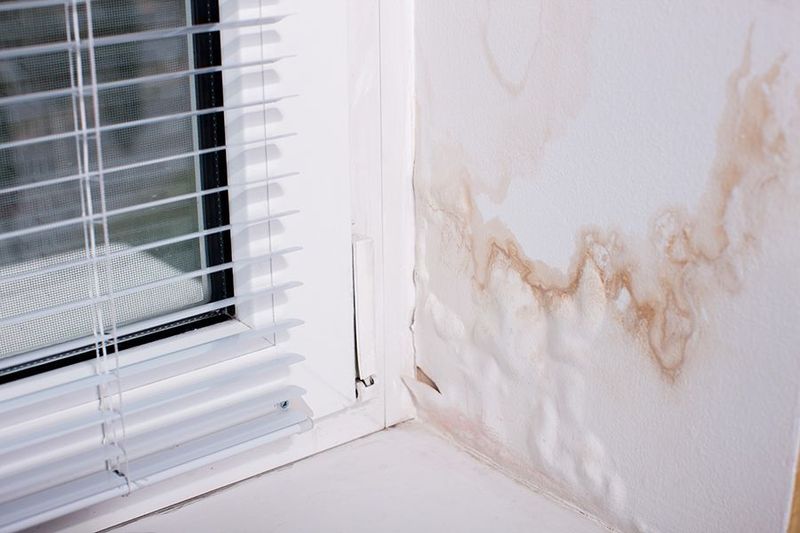
Yellow or brown stains spreading across ceilings and walls tell a troubling story of water intrusion. Fresh paint in isolated spots often serves as a hasty cover-up for these telltale marks, so bring a flashlight to inspect dark corners and closets.
Buckled floorboards, warped cabinetry, and a persistent musty smell are red flags that moisture has been wreaking havoc. Black or greenish spots, especially in bathrooms or basements, indicate mold growth that can trigger serious respiratory problems.
Water damage rarely resolves itself—it usually worsens over time, leading to structural deterioration. Even small leaks can create conditions where dangerous toxic mold flourishes behind walls, making remediation costs skyrocket into thousands.
3. Old or Faulty Electrical Wiring
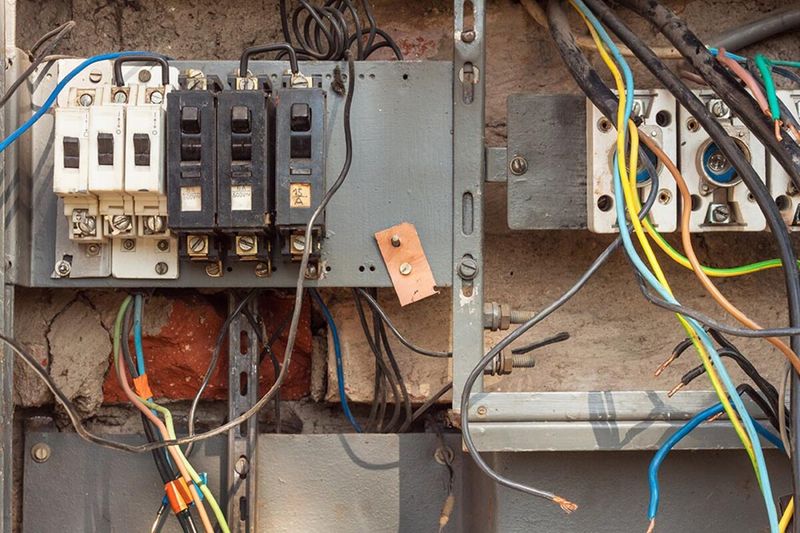
Outdated knob-and-tube wiring or aluminum wiring can turn your new home into a dangerous fire hazard. Flickering lights aren’t charming—they signal electrical problems that demand immediate attention.
Check the electrical panel for rust, warmth, or buzzing sounds. Homes with too few outlets often lead owners to use dangerous extension cord arrangements. Scorch marks around outlets or switches indicate previous overheating that could have sparked a fire.
Modern homes require at least 200-amp service to handle today’s electronics and appliances. Upgrading an electrical system means opening walls and ceilings, with costs ranging from $8,000 to $15,000 for whole-house rewiring—an expense most buyers don’t anticipate when falling in love with vintage charm.
4. Plumbing Problems
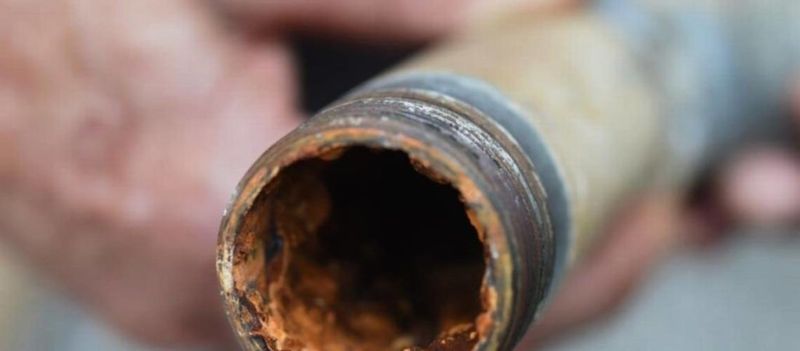
Rusty water spurting from faucets signals corroded pipes that may soon fail completely. Gurgling drains and toilet bubbles aren’t quirky personalities—they’re warnings of ventilation issues or blockages in your sewer line.
Water pressure that dramatically changes when multiple fixtures run simultaneously suggests inadequate supply lines. Examine exposed pipes in basements or crawlspaces for greenish corrosion on copper pipes or discoloration on PVC, indicating leaks have been occurring.
Homes built before 1986 might have lead pipes or solder, posing serious health risks, especially to children. Major plumbing overhauls frequently require breaking through walls, floors, and landscaping, with costs easily exceeding $15,000 when sewer line replacements become necessary.
5. Roof in Poor Condition
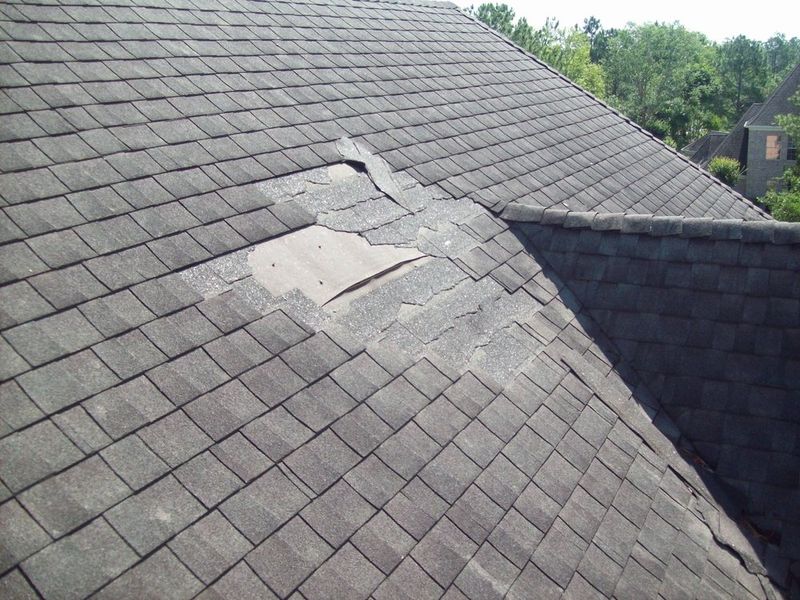
Curling shingles and bald spots where granules have worn away signal a roof approaching the end of its lifespan. From the ground, sagging areas or dips in the roofline indicate structural problems beneath the surface that could lead to collapse.
Water stains on upstairs ceilings aren’t just unsightly—they reveal that moisture has already penetrated your roof’s defenses. Multiple layers of shingles suggest previous owners opted for quick fixes rather than proper replacement.
Ask about the roof’s age—asphalt shingles typically last 20-25 years. A failing roof can damage insulation, promote mold growth, and compromise your home’s structural integrity. With replacement costs averaging $8,000-$20,000 depending on size and materials, roof issues can quickly deplete your renovation budget.
6. Poor Drainage or Grading Around the Home
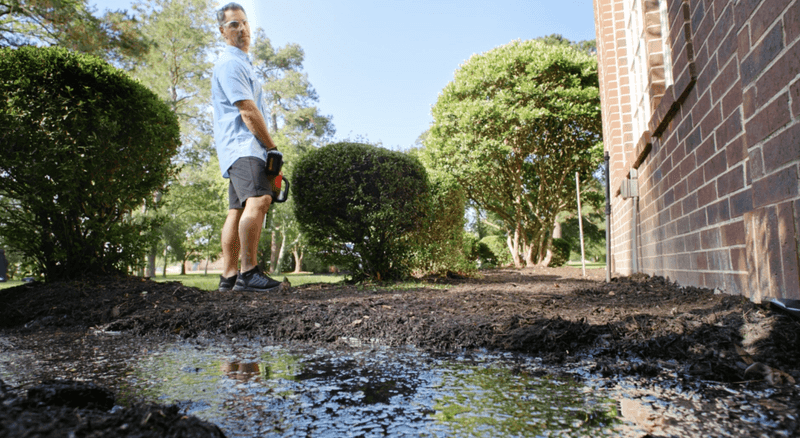
Muddy soil pressing against siding creates a direct pathway for moisture to enter your home’s structure. Puddles that linger for days after rain aren’t just annoying—they indicate the ground isn’t properly sloped away from your foundation.
Gutters overflowing during storms or downspouts that empty right beside the foundation direct water exactly where it shouldn’t go. Basement walls showing a horizontal tide line or white powdery mineral deposits (efflorescence) reveal that water regularly intrudes during wet seasons.
Fixing improper grading often requires heavy equipment to reshape the landscape, costing $3,000-$6,000. French drains and other water management systems can add thousands more. Without these fixes, you face recurring water damage that gradually destroys your home’s foundation and structure.
7. Pests or Termite Damage
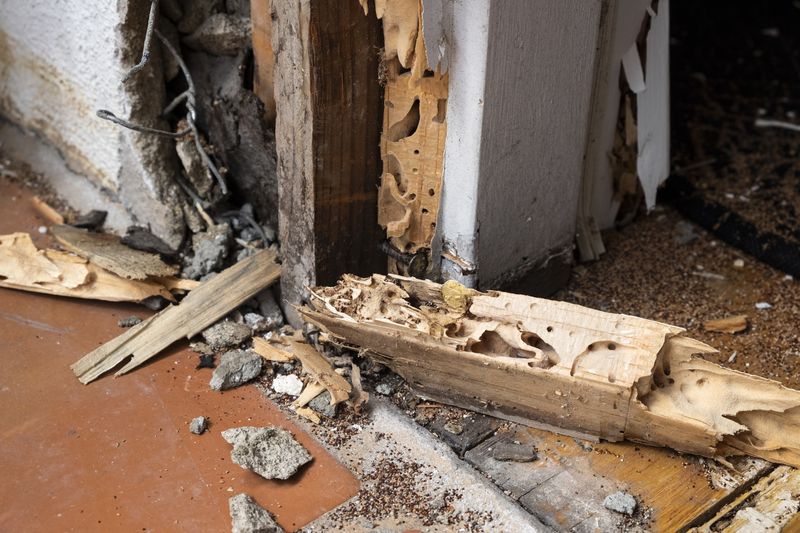
Tiny holes in wooden beams accompanied by small piles of sawdust-like material are calling cards of destructive wood-boring insects. Hollow-sounding wood when tapped or floors that feel spongy underfoot indicate these silent destroyers have been feasting on your potential home’s structure.
Mud tubes running up foundation walls are termites’ private highways into your home. Discarded insect wings near windowsills, especially in spring, signal that flying termites have established a new colony in your walls.
Rodent droppings in attics or crawlspaces reveal unwanted tenants who can chew through electrical wiring and insulation. A single termite colony can consume one foot of 2×4 wood in just six months. Professional termite treatment and structural repairs frequently exceed $8,000, with extensive damage pushing costs well into five figures.
8. Strange Smells or Indoor Air Quality Issues
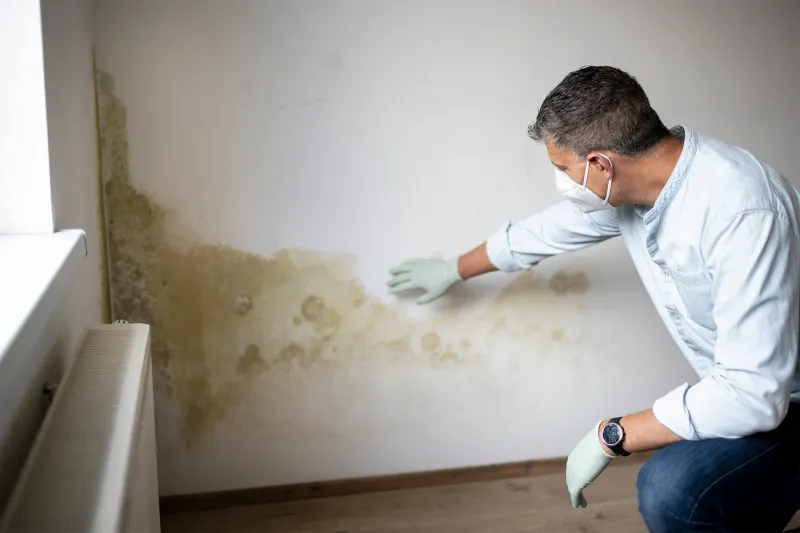
Chemical odors lingering in basements might indicate the presence of radon—an invisible, odorless gas that causes lung cancer. Fishy smells near outlets or electrical panels warn of dangerous wire overheating that precedes electrical fires.
Musty odors that persist despite cleaning typically signal hidden mold colonies growing within walls or under flooring. Sewage smells around drains point to broken waste pipes or failed septic systems that can cost thousands to repair.
Homes built before the 1980s may contain asbestos in insulation, floor tiles, or popcorn ceilings—materials that release dangerous fibers when disturbed. Professional testing for these hazards costs several hundred dollars, but remediation can run into tens of thousands, especially for asbestos or widespread mold issues.
9. Incomplete or Suspicious Renovations

Mismatched materials and sudden style changes between rooms often reveal where DIY renovations stopped abruptly. New drywall patches surrounded by older surfaces might conceal problems the seller discovered but only partially addressed.
Ask to see permits for any major work—missing documentation suggests corners were cut or work was done without proper inspections. Fresh paint or new flooring in just one area often serves as camouflage for water damage or other problems.
Cabinets or fixtures installed crookedly indicate amateur workmanship that likely extends to hidden elements like plumbing or electrical connections. Unpermitted work can force you to tear out and redo renovations to meet code requirements, doubling your costs. Worse, insurance may deny claims for damages resulting from improperly performed work.

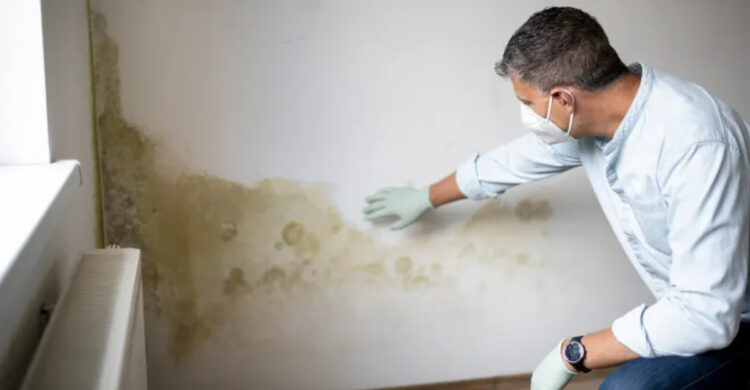
Comments
Loading…